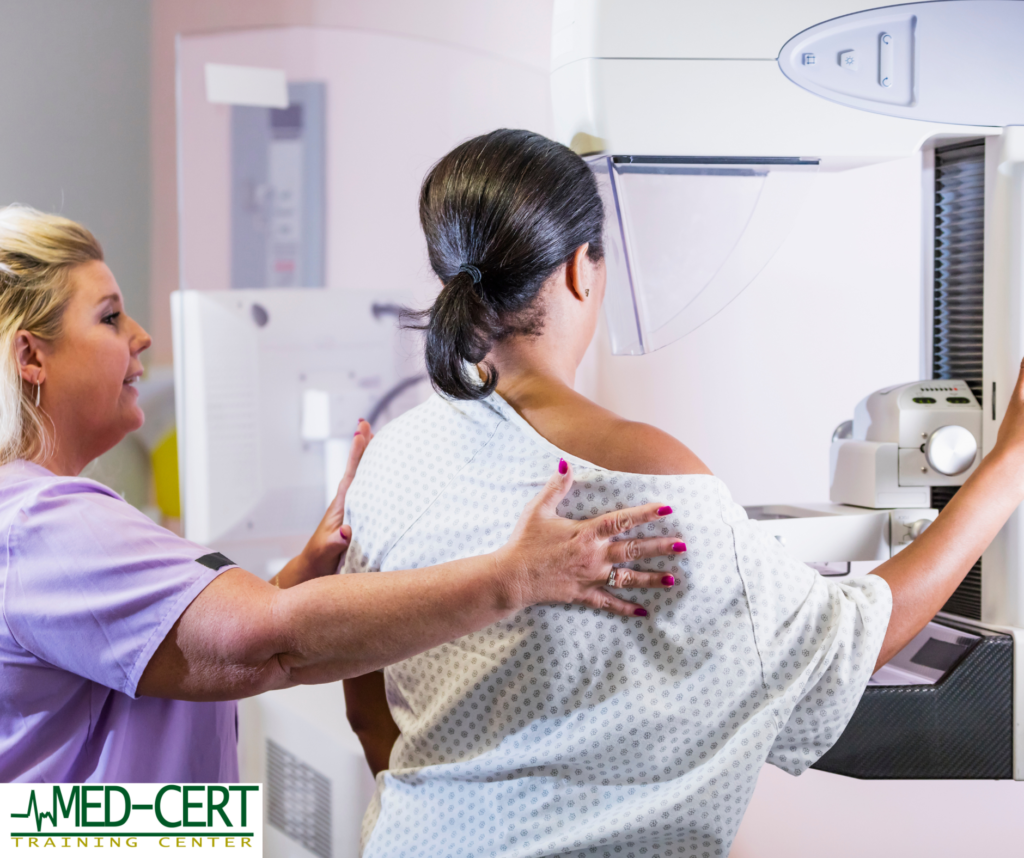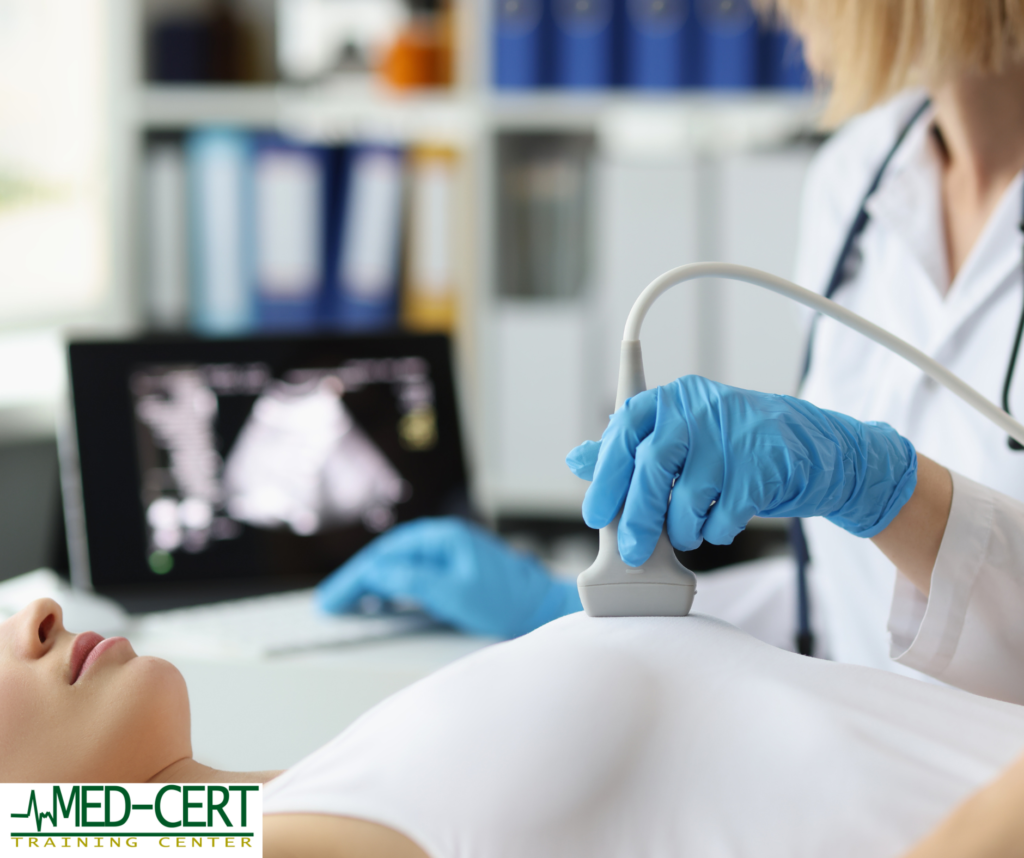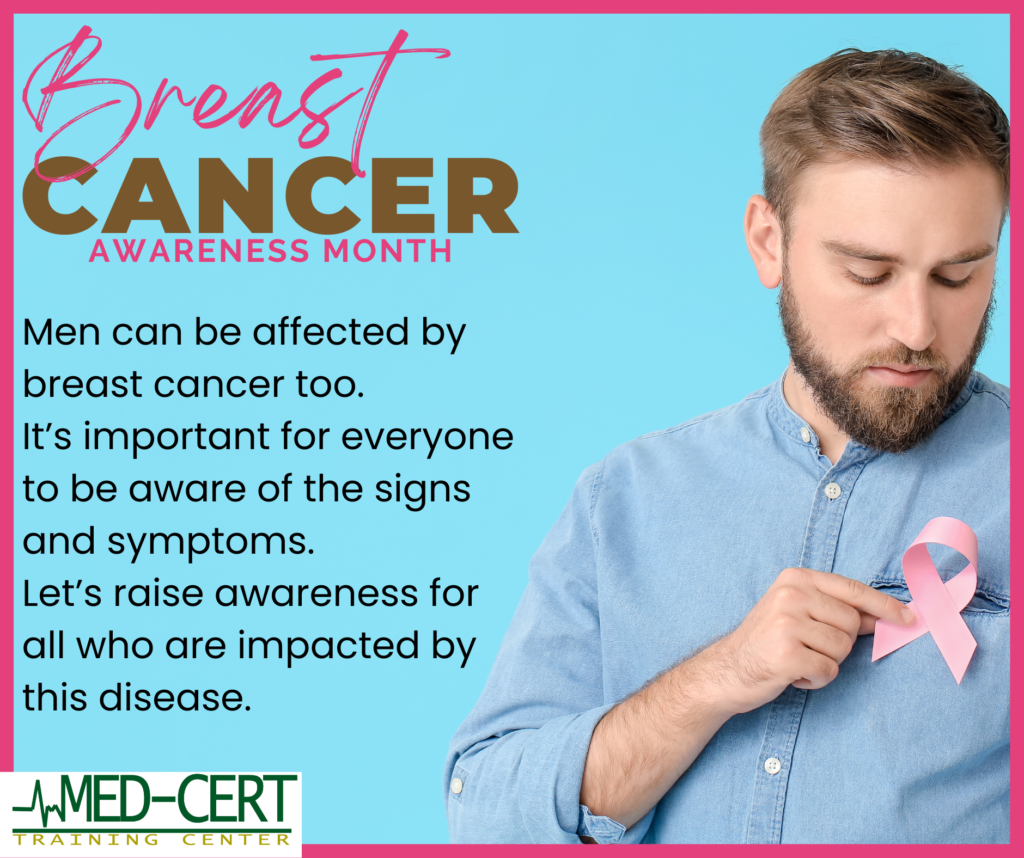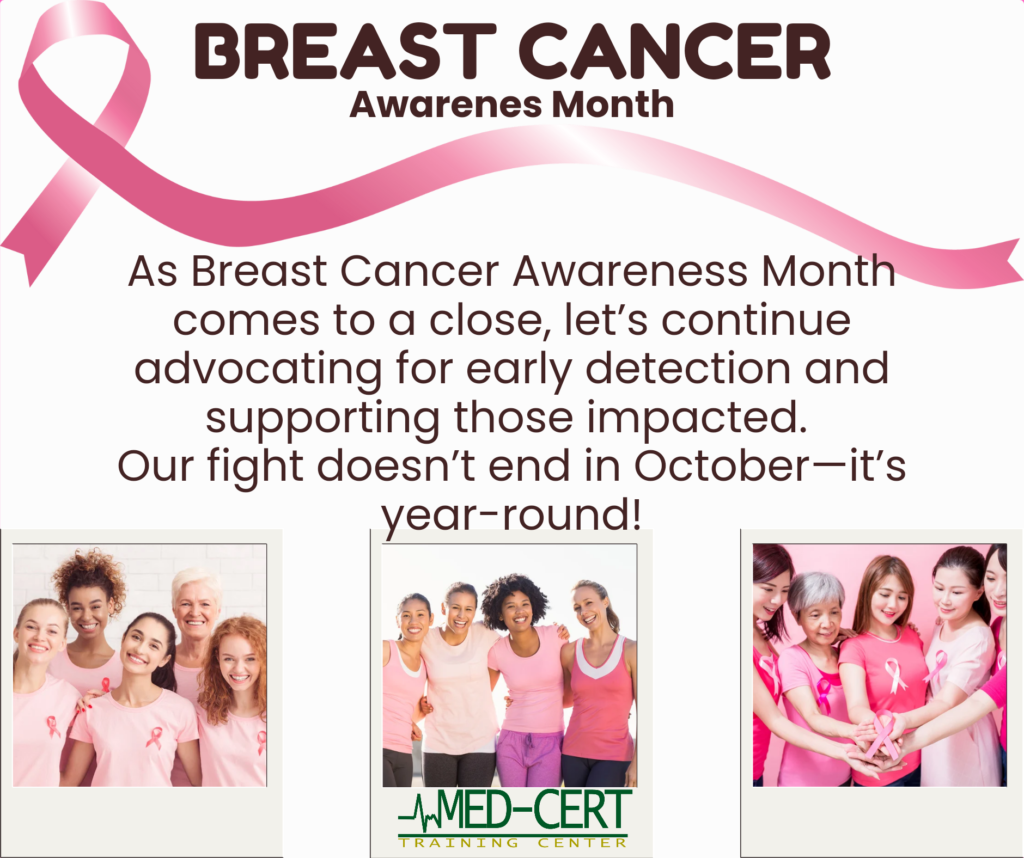
Breast cancer remains one of the most common cancers affecting women worldwide, with millions of new cases diagnosed every year. Yet, despite its prevalence, survival rates have significantly improved over the last few decades. This remarkable progress is largely due to one key factor: early detection. As we observe Breast Cancer Awareness Month, it’s essential to understand why catching breast cancer in its early stages can be lifesaving, and what steps we can all take to improve outcomes.
Why Early Detection Matters
Early detection means identifying cancer before it spreads to other parts of the body. When breast cancer is caught early, the chances of successful treatment are significantly higher. According to the American Cancer Society, the five-year survival rate for localized breast cancer—meaning it hasn’t spread beyond the breast—is about 99%. However, that rate drops to 29% if the cancer spreads to distant parts of the body. This stark contrast highlights the critical importance of early diagnosis.

Furthermore, early-stage breast cancer often requires less aggressive treatment. Patients diagnosed in the early stages may have more options, such as breast-conserving surgery (lumpectomy) instead of a full mastectomy, and may not need chemotherapy. This can lead to fewer side effects and a faster recovery process, improving both physical and emotional well-being.
Methods of Early Detection
1. Mammograms

A mammogram is an X-ray of the breast and is considered the most effective screening tool for detecting breast cancer early. Women aged 40 and older are generally advised to get a mammogram every one to two years, though those with a higher risk may need to start earlier. Mammograms can often detect lumps or abnormalities before they can be felt, offering a critical time advantage in treatment.
2. Self-examinations

Breast self-examinations (BSE) are another method women can use to monitor their breast health. While BSEs should not replace professional screenings like mammograms, they can help women become familiar with how their breasts normally look and feel, making it easier to notice any changes like lumps, swelling, or skin dimpling. It’s important to report any unusual findings to a healthcare provider immediately.
3. Clinical breast exams

These are physical exams performed by a healthcare professional, often during an annual check-up. Although less detailed than a mammogram, clinical breast exams can still identify physical abnormalities that may warrant further investigation.
Risk Factors and Who Should Be Screened
Understanding your personal risk of breast cancer is also essential for early detection. Risk factors include age (with most cases occurring in women over 50), family history of breast cancer, and certain genetic mutations, such as BRCA1 and BRCA2. Women with a higher risk profile should consult their doctor about starting screenings earlier and possibly incorporating additional tests like MRIs.

While breast cancer primarily affects women, men are not immune. Approximately 1% of breast cancer cases occur in men, and because awareness is lower, it’s often diagnosed at a later stage. Early detection for men involves similar methods, such as paying attention to lumps, changes in the nipple, or breast pain.

The Role of Awareness
Awareness plays a pivotal role in early detection. Campaigns, such as those during Breast Cancer Awareness Month, aim to educate the public on the importance of screenings and self-exams, debunk myths about who is at risk, and promote research funding. By spreading knowledge, we empower individuals to take charge of their health and encourage loved ones to do the same.

Early detection is one of the most powerful tools in the fight against breast cancer. It saves lives, reduces the need for aggressive treatments, and increases the chances of full recovery. Whether through mammograms, self-exams, or clinical exams, regular screening is essential for catching breast cancer in its earliest, most treatable stages.

As we continue to raise awareness, let’s remember the life-saving potential of early detection—and take action, both for ourselves and for the people we care about. Regular screenings, education, and vigilance are key to staying ahead of breast cancer.
